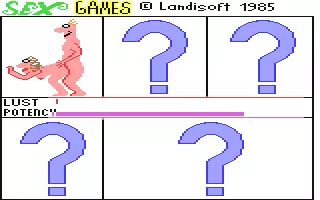
Download Game
Legionnaire
File information
LEGIONNA.zip 11.61 KB 401 Commodore 64 Strategy - War Avalon Hill Microcomputer Games, Inc. / Microcomputer Games, Inc. 1984 1 Joystick Port 2 Cartridge 12/07/2019 01/05/2024 2 times Direct Download Play in browser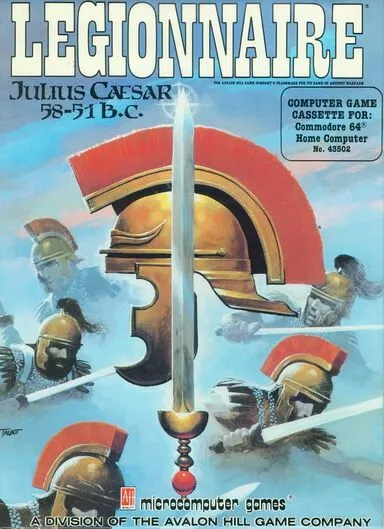
About game
Game Mechanics
Legionnaire is one wargame which simulates battles between the Roman Legions of Julius Caesar and the Barbarian tribes. The player commands Caesar's legions and faces the computer, which controls the barbarians. Before starting a game, the player must first define the number of Roman legions that make up his army. For this, he chooses a number between one and ten with the joystick, before pressing the shoot button to validate his selection. Each of the ten legions has specific characteristics. The legion of Caesar is, for example, the most powerful of the game, those of Crassus and Labienus correspond to cavalry and others to infantry legions, more or less effective. When he generates his army, the player first gets to entrust the most powerful legions, starting with that of Caesar, Crassus and Labienus. The effectiveness of his army decreases as it grows. For their part, the barbarians are systematically entrusted twice as many units as the Romans, including half infantry and half cavalry. After choosing the number of legions of his army, the player can select, always with joystick, the type of infantry and cavalry that composes the barbarian army. Sixteen different tribes are available in the game including eight infantry, such as Eduens and Helvètes, and eight cavalry, such as Ausques and Huns. Unlike the Roman army, the barbaric army is composed of only one type of infantry and one type of cavalry.
After defining the two armies, the player can start the game by pressing the "Start" button of the console. He can then visualize the map on which the battle takes place, which remains the same from one side to another and which is scattered with forests and hills. Only a portion of the card is displayed on the screen and the player must scroll it to view the other parts. For this, it uses the joystick to move a rectangular cursor in the four directions and, when the cursor reaches one of the edges of the screen, it scrolls the card to display another portion. On the map, the hills are represented by contours of three colors (green, blue and pink) that indicate the height of the areas around them. The map consists of four levels of elevation, that of the ground and three levels of height, which impact the movement of units and combat. Forests are represented by trees and correspond to insurmountable boxes for all units. On the map, the Roman legions are represented in pink and the barbaric tribes in blue. Caesar's legion is represented by an eagle, cavalry units by horse heads and infantry units by swords. The initial position of the armies on the map is randomly determined. The Roman army forms a single compact group while the barbaric army is divided into two groups, infantry and cavalry, which are not necessarily together. Once the game is launched, the player can view information about an ally or enemy unit by positioning the cursor on it and then pressing the shoot button. The game then indicates the name of the unit and the number of men who compose it, which decreases when the unit suffers losses. It also indicates the power of unity, which is equal to the number of men of it when the unit is rested, but which decreases with fatigue caused by displacement or fighting. To give orders to a unit, the player positions his cursor on it, then keeps pushing the joystick shoot button. He can then give him up to eight moving instructions and an arrow tells him on the screen the path that the unit will take. When it drops the firing button, the unit immediately tries to follow its instructions. In the same way, it can modify the instructions given to a unit by pressing the space bar while maintaining the firing button. Unit movements are carried out in real time and take some time depending on the speed of the unit. This speed depends first on the characteristics of the unit. For example, cavalry units and Caesar's legion move faster than infantry units. It also depends on the type of land crossed. The speed of a unit that climbs a hill will thus decrease, while it increases as the deviation. Displacement also fatigue units, which then become less effective in combat if they do not take time to rest. When two enemy units meet, a two-track sound that echoes to the player that a fight starts, and the attack unit flashes on the screen. By fighting, both units get tired and suffer losses, which depend on the power of each. This power depends first on the number of man who composes unity and their state of fatigue. It is also impacted by the field, with a bonus for the unit that attacks or defends from an elevated position. The attack unit benefits in addition to a bonus, which increases if the attacked unit is moving. In addition to losses, a devastating attack can cause the retreat of the enemy unit, which flees the fight and becomes particularly vulnerable to an attack from behind.
The goal of the player is above all to eliminate all enemy units before they succeed in eliminating Julius Caesar. Once the game is finished, whether or not Caesar is eliminated, a score is awarded to the player according to the losses suffered by each camp to determine its success.
Screenshot(s)
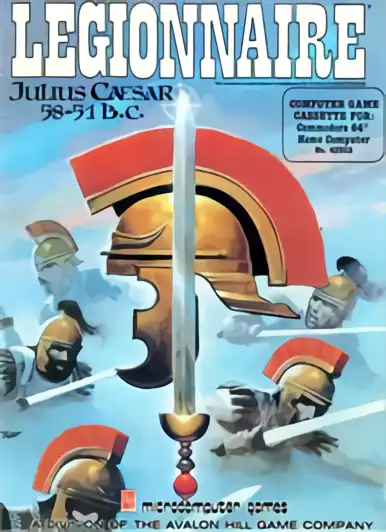

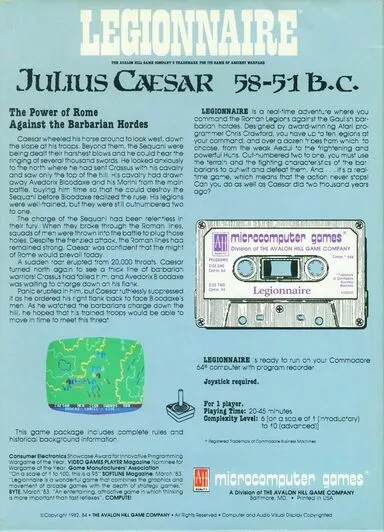



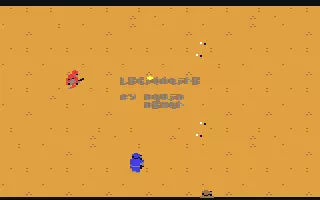

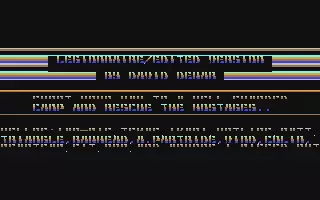

Do you seek for Emulators ?
Emulation Commodore 64
- Type : Computer
- Manufacturer : Commodore International
- Media : Floppy Disk
- Emulators count : 10
- ROMs count : 24970
- BIOS count : 0
Most Downloaded ROMs
Random Emulator
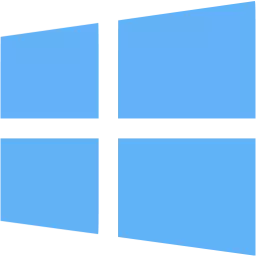

Vgs
Windows





.webp)
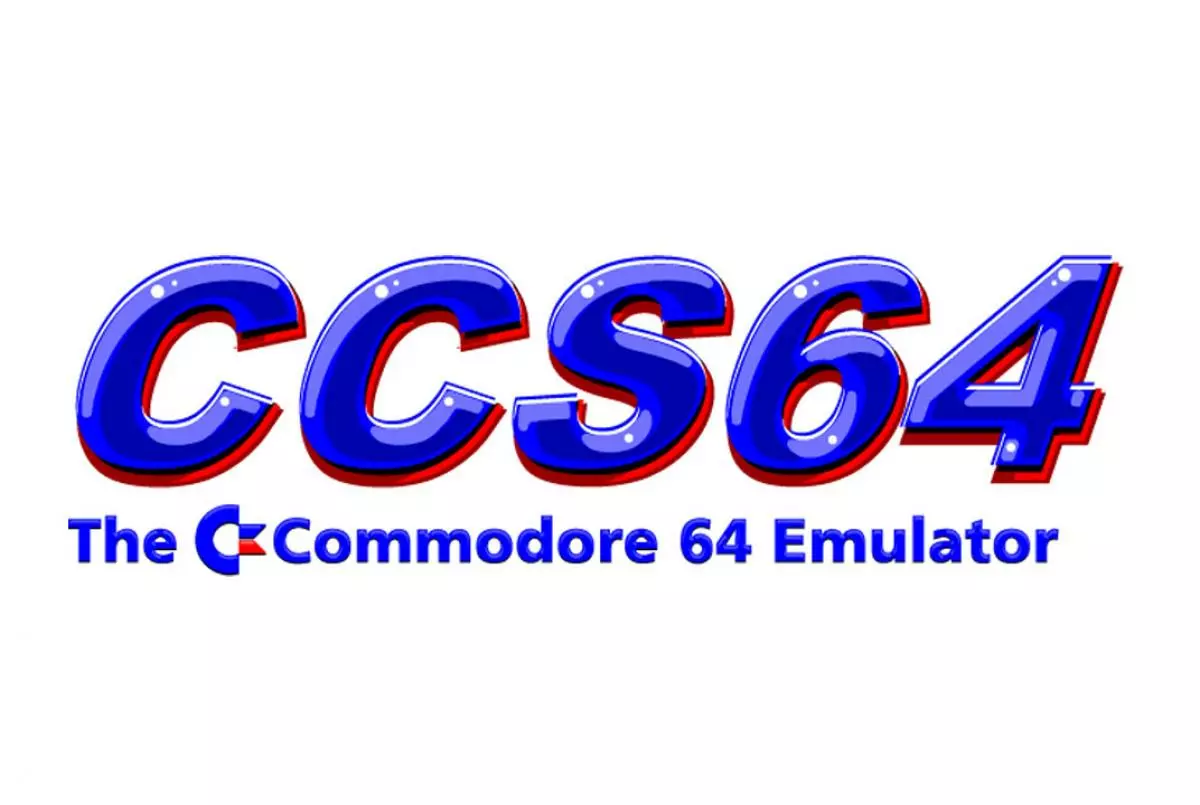
.webp)
.webp)
